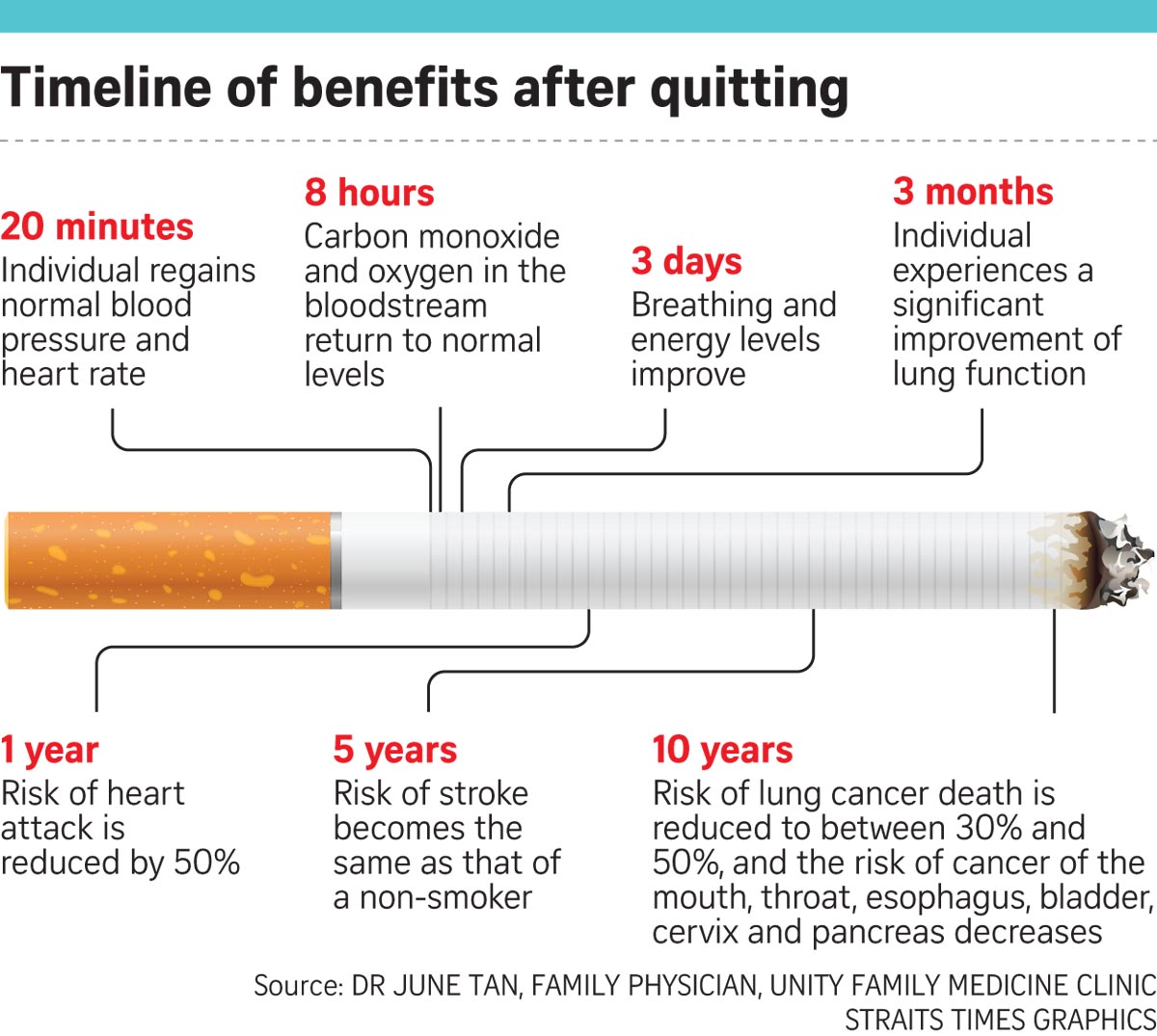Money a better motivator to stop smoking than free e-cigs or quit aids
Providing free electronic cigarettes or other stop-smoking products to employees to get them to give up real cigarettes is less effective than the threat of taking away a cash reward for quitting, according to a new study that weighs the effectiveness of a variety of workplace incentive programs.
The findings, published in The New England Journal of Medicine, call into question the claims by e-cigarette enthusiasts that the devices may be better than traditional quit aids at helping smokers to stop.
“Do they help people stop smoking? The answer to that is clearly no,” lead author Dr. Scott Halpern, of the University of Pennsylvania Perelman School of Medicine in Philadelphia, said in a telephone interview. “We cannot detect any evidence that they are better than offering free conventional smoking cessation aids or just providing information.”
The study is also significant because it may be the first to look at programs to get all smoking employees to quit, whether or not they’ve decided they want to do so.
The results show that if the motivation isn’t there, neither are the positive results.
Among 6,006 employees at 54 US-based companies, the six-month smoking abstinence rates for all the strategies were less than 3 per cent.
“It’s a pragmatic study, and most studies start with people who want to quit,” said Norman H. Edelman, senior science adviser for the American Lung Association, who was not involved in the research. Because this study included all smokers in a company, “that’s why the numbers are so low. If you separate out people who want to quit, you get rates in the teens.”
In this case, employees who logged on to the study’s website just once – and only 1,191 did – were classified as being willing to quit.
Some of these “engaged” participants were assigned to a group that only received information regarding the benefits of quitting and got access to a service that offered text messages designed to encourage them; in this group, less than 1 per cent stayed off cigarettes for six months.
The “engaged” workers who also received free smoking cessation aids such as nicotine patches, lozenges and gum, or one of the two FDA-approved stop-smoking drugs, had a quit rate of only 2.9 per cent.
Free e-cigarettes, where the participant could pick their flavors, brought the rate up to 4.8 per cent, but the difference compared to free patches and the like was not statistically meaningful.
In the fourth group, whose participants got the free smoking cessation products plus a cash reward for staying away from tobacco – $100 for the first month, an additional $200 at the three-month mark and $300 if they stayed smoke-free for six months – 9.5 per cent quit.
That was significantly better performance than workers getting the free cessation aids alone but not a statistically meaningful difference from the e-cigarette group.
The employees who did the best got whatever cessation products they wanted plus $600 in an account with the threat that they would lose the money if they didn’t stay smoke-free for six months.
Their success rate was 12.7 per cent, which was clearly better than those who got e-cigarettes or free cessation aids alone.
It reflects an odd psychological quirk about human behaviour: “People are much more motivated to avoid losing $100 than they are to gain $100, even though, economically, they are flip sides of the same coin,” Halpern noted.
Most large companies offer the promise of healthcare premium reductions for smokers who quit. “The problem with that approach is that the money you effectively save is not very tangible,” he said. “It’s not actively handing out money,” so such programs don’t work well.
The study team estimates that the average cost for each person who succeeded in quitting for six months was $3,461. It was $3,623 when cash was paid out every few months, $5,416 for providing free e-cigarettes and $7,798 for providing free cessation aids.
“The best estimates are, it costs $3,000 to $6,000 more per year to employ a smoker rather than a non-smoker. So even if these programs cost $800 to $1000, they would be highly cost-saving from the standpoint of the employer and the insurer,” Halpern said.
About half the smoking workers who were tobacco-free at the six-month mark were still not smoking after one year.

Published at Thu, 24 May 2018 02:55:00 +0000





